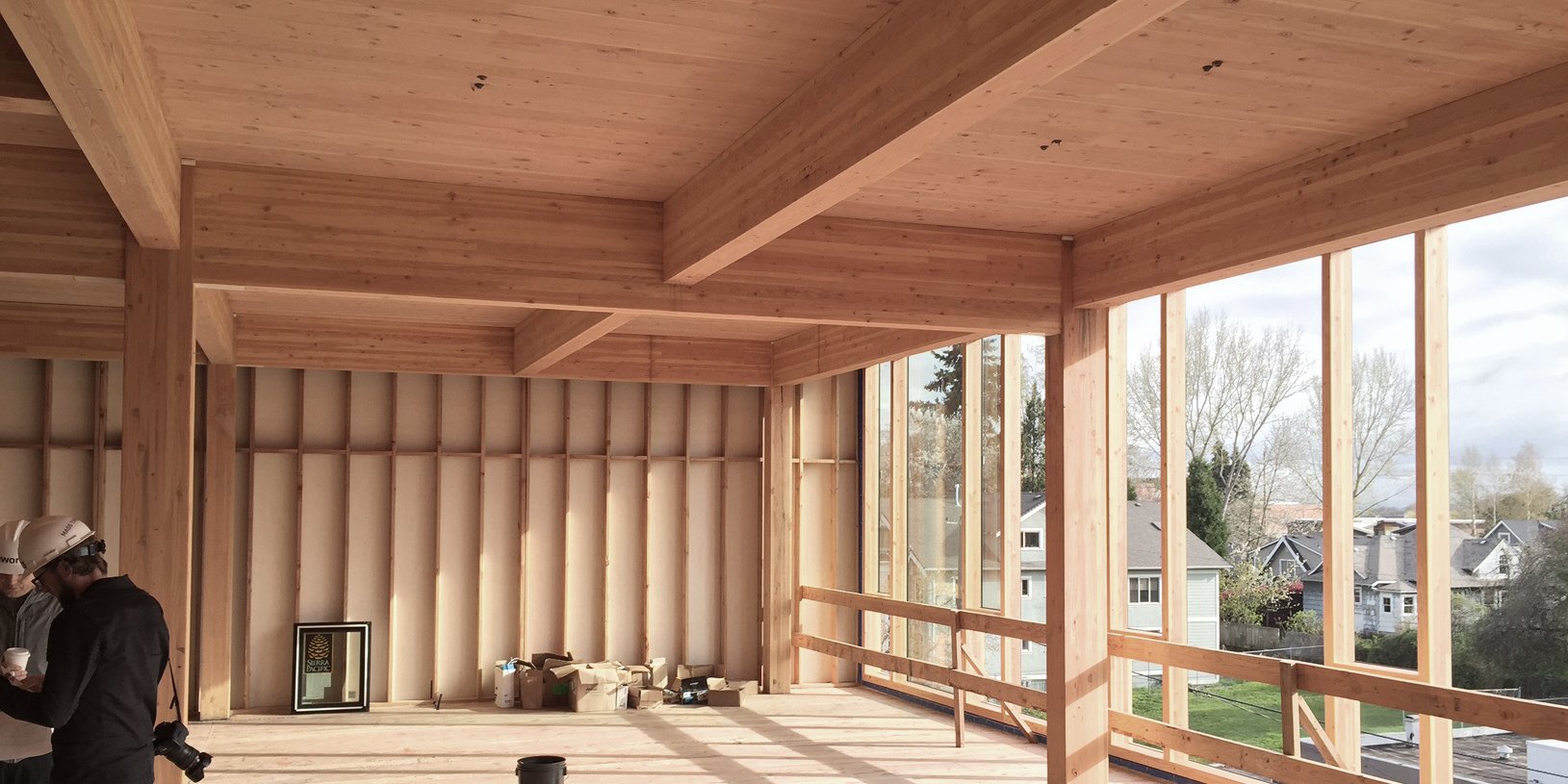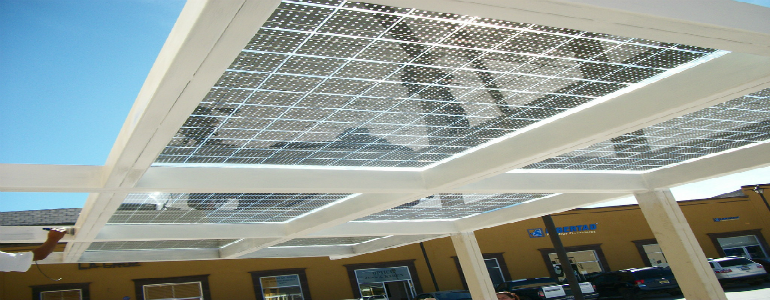Innovative building materials are continually being developed to address various challenges faced by the construction industry, including sustainability, energy efficiency, durability, and cost-effectiveness. Here are some examples of innovative building materials:
Cross-Laminated Timber

Cross-Laminated Timber(CLT): CLT is a sustainable alternative to traditional construction materials like concrete and steel. It consists of layers of lumber stacked crosswise and glued together to form strong structural panels. CLT offers advantages such as rapid construction, reduced carbon footprint, and improved thermal performance.
Innovative building materials
Ultra-High Performance Concrete

Ultra-High Performance Concrete (UHPC): UHPC is an advanced form of concrete known for its exceptional strength, durability, and ductility. It contains a high density of fibers and fine aggregates, resulting in superior mechanical properties compared to conventional concrete. UHPC is used in various applications, including bridges, façade panels, and precast elements.
Transparent Solar Panels

Transparent Solar Panels: Transparent solar panels are a promising innovation that allows buildings to generate renewable energy while maintaining transparency. These panels can be integrated into windows, skylights, and building facades to capture sunlight and convert it into electricity without obstructing views.
Self-Healing Concrete

Self-Healing Concrete: Self-healing concrete incorporates bacteria or capsules filled with healing agents that can repair cracks autonomously. When cracks form in the concrete due to shrinkage or external forces, the healing agents are released and react with the surrounding materials to fill the cracks, restoring the structural integrity of the concrete.
Recycled and Upcycled Materials

Recycled and Upcycled Materials: There is a growing trend towards using recycled and upcycled materials in construction to reduce waste and environmental impact. Examples include recycled steel, reclaimed wood, recycled plastic composites, and repurposed glass.
Graphene-Enhanced Materials

Graphene-Enhanced Materials: Graphene, a single layer of carbon atoms arranged in a two-dimensional honeycomb lattice, is being integrated into various construction materials to enhance their properties. Graphene can improve the strength, durability, and conductivity of materials such as concrete, asphalt, and coatings.
Bamboo

Bamboo: Bamboo is a rapidly renewable resource that is gaining popularity as a building material due to its strength, flexibility, and sustainability. It can be used for structural elements, flooring, cladding, and interior finishes in both residential and commercial construction projects.
3D-Printed Construction Materials

3D-Printed Construction Materials: 3D printing technology is revolutionizing the construction industry by enabling the fabrication of complex structures and custom-designed components using materials such as concrete, polymers, and composites. 3D-printed construction materials can reduce material waste, construction time, and labor costs while offering design flexibility.
Translucent Wood

Translucent Wood: Researchers have developed a transparent wood material by removing lignin from wood, leaving behind a structure that maintains its strength while allowing light to pass through. This material has potential applications in sustainable architecture.
Ferrofluid-Rich Concrete

Ferrofluid-Rich Concrete: This type of concrete contains ferrofluids (nanoparticles of magnetic material) that respond to magnetic fields. It can be used for adaptive building facades, allowing for changes in permeability and shading.
Recycled Plastic Bricks

Recycled Plastic Bricks: Utilizing recycled plastic to create building blocks is an innovative way to address the issue of plastic waste. These bricks can be used for construction, offering a more sustainable option compared to traditional bricks.
These innovative building materials are helping to shape the future of construction by providing sustainable, efficient, and resilient solutions to meet the evolving needs of society.
